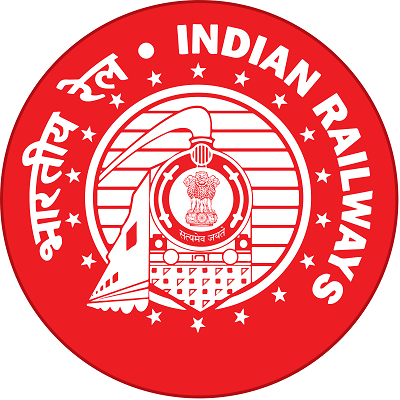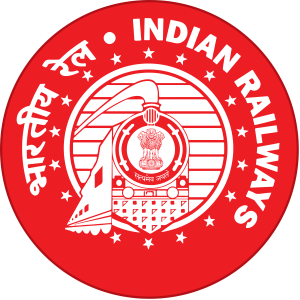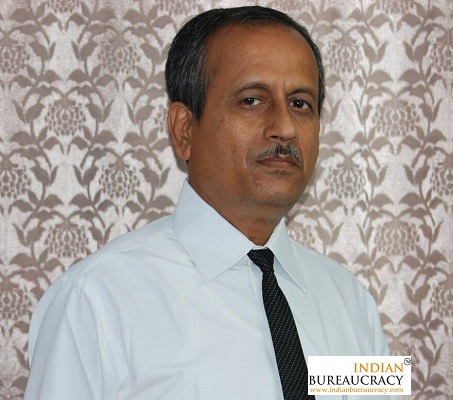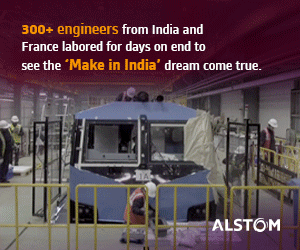
There is usually some romanticism and development associated with Indian Railways and every child particularly in rural India is filled with joy and emotion on seeing a train or engine. Rightly Indian Railways have been engine of growth and formed the backbone of the country’s economic development. It is therefore critically important that its growth is ahead of economic growth by at least two percentage points to ensure that there are no transport infrastructure bottlenecks to all round development. But unfortunately over the years, particularly during the era of coalition government, Indian Railways have been subject to unbridled populism to address various political constituencies resulting in neglect of capital expenditure in this important infrastructure. This had made the Indian Railways creaking with trunk routes over utilized. Huge money spent on subsidizing passenger fares has left not much headroom for developmental activities and capital expenditure to improve the already collapsing rail services. Hundreds of projects for which stones have been laid in the course of populism, has remained only in foundation and on paper and not much headway had been made for want of resources.
As a first step Prime Minister Narendra Modi government decided to shun poplism so as to restore this sinking rail system, one of the largest in the World, back on track. For the first time in India’s history, an honest attempt has been made to restore Railways glory and move ahead to make it perhaps one of the most modern railways with new and better freight corridors in the length and breadth of the country and introduce faster, safer and comfortable passenger trains including most acclaimed bullet trains and hyper-loop trains that can run at a speed faster than that of sound. This government proposes to spend Rs 8.5 lakh crore in the next three years to make it a World class system. This will also create massive job opportunities besides several spin-off effects to development, which had never been witnessed in the country.
Significant development in this regard, which had gone unnoticed, is the merger of Rail Budget with General Budget from this year onwards to bring about systemic reforms in the Railways. By subsuming the Rail Budget in the General Budget, the railways would be in a better position to raise funds from elsewhere including foreign on the strength of the sovereign to invest in projects having long gestation period. There is however two fears that Railways may lose its autonomy and that the move may become a precursor to privatization of Railways. Both these have already been addressed and allayed. Hence the fears are unwarranted.
Apart from stepping up capital expenditure to nearly Rs one lakh crore annually in the last couple of years, the railways have come out with several initiatives during the last three years including several steps to improving passenger amenities, safety, rolling stock, decongesting clogged routes by stepping up line augmentation and so on. Only 17 per cent of the Railway track in the country connecting four metros of Delhi, Mumbai, Chennai and Kolkata and the two diagonals account for nearly 60 per cent of passenger and freight traffic. These routes are overutilised and stressed resulting in very little maintenance. The tracks needed to be quadrupled and the railways already have land for it and capacity to find resources and yet these had not happened in the past due to over indulgence in populism. Now Modi government under Railway Minister Suresh Prabhu has taken up this task seriously and already announced three additional freight corridors Delhi-Chennai, Kolkata-Mumbai and Kolkata-Vijayawada apart from two that are being implemented –Delhi-Mumbai and Ludhiana-Kolkata. The government has already announced Bullet train from Mumbai-Ahmedabad to be implemented at a cost of around Rs one lakh crore with Japanese aid and a feasibility study had been initiated to few more important routes. These are developments, which had not seen any progress in the past.
As Prabhu himself said systemic changes was the need of the hour and progress has been made towards this end. More importantly the perception of Indian Railways is changing from a slow moving behemoth to a responsive modern organization under Modi government. The Railways have moved away from achieving small incremental changes every year and have gone much beyond business as usual approach in the last couple of years. This however is only the beginning and a lot more is needed to be done and accordingly plans have been formulated to achieve big ticket goals in medium to long term.
Some statistics to illustrate this point is that the Railways have commissioned record 2828 km of broad gauge lines from 2014-16, which are 85 per cent higher than 2009-14 average annual commissioning. Now 7.7 km lines commissioned per day against 2009-14 average of 4.3 km. Electrification of 1730 km done in the last year is a huge jump over 2009-14 annual average of 1184 km. Under Swachh Bharat campaign, Swachh Rail Clean my Coach Service have been launched and third party cleanliness audits conducted for stations.
Connectivity to North-East, Jammu and Kashmir has improved considerably and more semi high-speed trains are being launched. After putting the derailed rail system back on track, the Railways have embarked upon big ticket development in the next three-five years. Apart from taking some of them on mission mode and depoliticizing budget, the Railways would give big push to foreign direct investment in coach and engine factories, transferring catering back to IRCTC to improve quality, push to solar energy and electric traction. To explore high speed Talgo and Maglev trains, step up non fare revenue including commercialization of 7000 railway stations in a phased manner, the railways will involve States in development of new railway lines. Apart from involving Public sector companies in expansion of lines, LIC, sovereign and global low cost pension funds are to be tapped for the massive funding requirement of Railways for capital expenditure. The Railways strive to achieve zero accident, shift to higher 25 ton axle load wagons to achieve 20 per cent increase in freight traffic, better accounting system and commission 100 sidings in next two years to improve freight loading besides improving signaling system and doing away with unmanned and manned level crossings by building flyovers. Overall, the Railways have seen visible changes under Modi government and will witness more improvements in coming years.
About: Shri K R Sudhaman, who has over 40 years of experience in journalism, has been Economics Editor in Press Trust of India, Financial Chronicle and Ticker News.Views expressed in the article are author’s personal.







Leave a Reply
You must be logged in to post a comment.